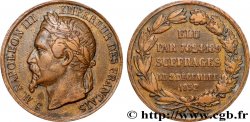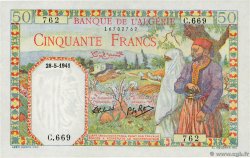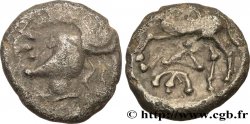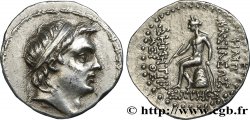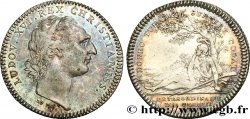60.00 €
Количество
Добавить в корзину

Тип Médaille, Loi du 1er mai 1802
Дата: 1862
Металл: silver
Диаметр: 34,5 mm
Ориентация осей монеты: 12 h.
Гравер DEPAULIS Alexis-Joseph (1790-1867)
Вес: 20,07 g.
Век: lisse + abeille ARGENT
Пуансон: abeille ARGENT
Комментарии о состоянии
Patine grise hétérogène, légèrement irisée, présentant une partie de son brillant de frappe. Coups sur la tranche
Лицевая сторона
Аверс: легенда: NAPOLÉON III EMPEREUR.
Аверс: описание: Tête nue de Napoléon III à gauche.
Обратная сторона
Реверс: легенда: LOI DU 1 MAI 1802 / BUREAU / D’ADMINISTRATION / DU LYCEE / ARRETE DU 30 MARS 1862 / S. EX. M. ROULAND / M. DE L’INSTRUCTION / PUBLIQUE/ ET DES CULTES.
Реверс: Описание: Légende en 10 lignes horizontales.
Комментарий
Cette médaille, conservée dans son écrin rouge à feutrine verte, commémore la Loi générale sur l'instruction publique du 1er mai 1802 (11 Floréal An X).
Alexis-Joseph Depaulis, né le 30 août 1790 à Paris, où il meurt le 29 septembre 1867, est un sculpteur et médailleur français.
Depaulis est l'élève d'Andrieux et de Cartier. Il rentre à École nationale supérieure des beaux-arts en 1813 et expose au Salon de peinture et de sculpture de 1815 à 1855. Parmi ses médailles, on peut citer : Cadmus combattant le serpent, Mariage chrétien (1824), Vénus de Milo (1827), l'Avènement du roi Louis-Philippe Ier (1830). Il réalise des médailles pour la Galerie métallique des grands hommes français. Il réunit une collection de moulages, de médailles et de sceaux qui sont conservées les unes au musée du Louvre, les autres à l'école des beaux-arts de Paris.
Il est l'auteur du Monument de Pierre Corneille à Rouen (1835), de la Fondation du musée de Versailles (1839) et de la Prise de Saint-Jean-d'Ulloa (1855).
Alexis-Joseph Depaulis, né le 30 août 1790 à Paris, où il meurt le 29 septembre 1867, est un sculpteur et médailleur français.
Depaulis est l'élève d'Andrieux et de Cartier. Il rentre à École nationale supérieure des beaux-arts en 1813 et expose au Salon de peinture et de sculpture de 1815 à 1855. Parmi ses médailles, on peut citer : Cadmus combattant le serpent, Mariage chrétien (1824), Vénus de Milo (1827), l'Avènement du roi Louis-Philippe Ier (1830). Il réalise des médailles pour la Galerie métallique des grands hommes français. Il réunit une collection de moulages, de médailles et de sceaux qui sont conservées les unes au musée du Louvre, les autres à l'école des beaux-arts de Paris.
Il est l'auteur du Monument de Pierre Corneille à Rouen (1835), de la Fondation du musée de Versailles (1839) et de la Prise de Saint-Jean-d'Ulloa (1855).








 Cообщить об ошибке
Cообщить об ошибке Распечатать страницу
Распечатать страницу Отправить мой выбор
Отправить мой выбор Задать вопрос
Задать вопрос Consign / sell
Consign / sell
 Информация
Информация


